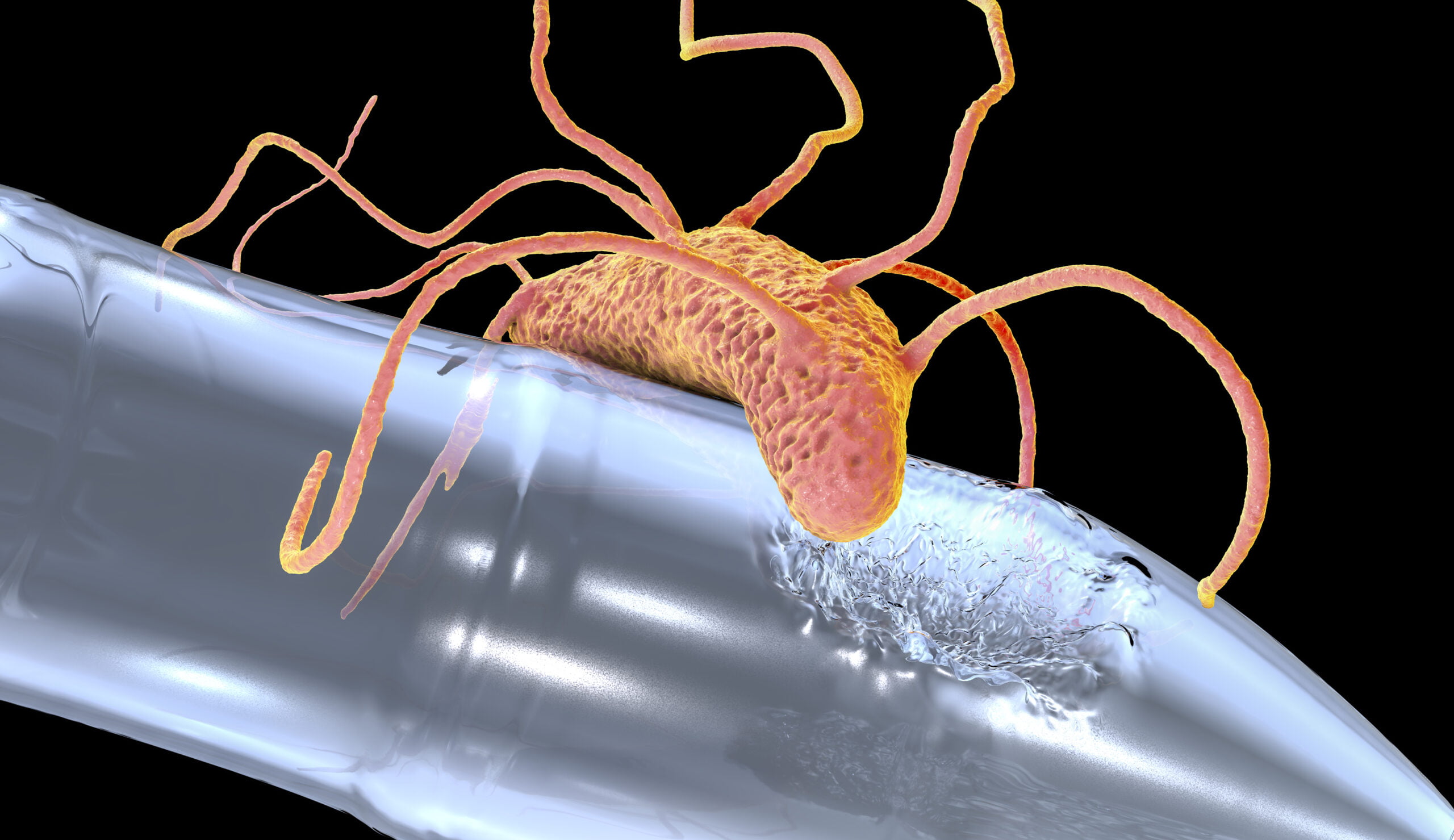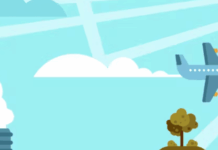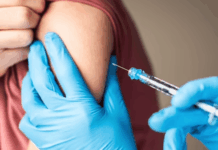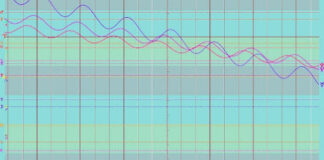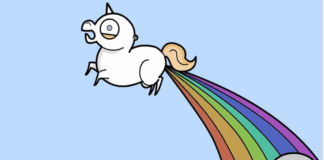Bacteria Eating Plastic
Morgan Vague isolated three bacteria-eating plastics when she was a senior in biology at Reed College in Oregon. Specifically, they ate a plastic called polyethylene terephthalates, or PET for short. The bacteria broke PET down into by-products that are harmless. PET is one of the most commonly used plastics for consumer goods. It is manufactured into plastic bottles and clothing. plastic bags and food packaging, etc.
Plastic Pollution
300 billion tons of all plastics manufactured are dumped into the oceans or landfills each year. Enough plastic is thrown away each year to circle the earth four times. And even more startling, humans use 10 billion plastic bags per day. PET amounts to 20% of all plastic made each year. It takes hundreds of years potentially thousands of years to biodegrade. Therefore it contributes to plastic pollution worldwide including the massive so-called “garbage patches” floating in the oceans. There are two floating islands of plastic waste in our oceans the size of Texas right now.
Vague comes up with a Theory
Morgan Vague was interested in the ability of bacteria to come up with food sources. Scientists estimate there are about five million trillion bacteria on the planet. And they all need a food source. Bacteria are microscopic living beings invisible to the naked eye. They live in widely diverse environments. From the human gut to soil and skin. They also thrive in vents in the ocean floor that reach 700 degrees Fahrenheit. They have to be pretty good at locating food sources to survive.
Morgan Vague’s Theory in Practice
A native of Galveston Bay, Texas Vague theorized that areas of high petroleum pollution may contain bacteria that had evolved to eat it. In her home area, there were seven EPA-designated Superfund sites. These were so polluted the government regarded their cleanup as a national priority. So using some creative methods she looked for bacteria eating plastic that had adapted to degrading plastic in the water. Vague took samples of sand, soil and water from refineries near Houston. And so she took three hundred samples from these Superfund sites back to college in Oregon in her carry-on luggage.
In order for the bacteria to eat plastic, it had to be able to break down the plastic into a material called lipase. Lipase is a chemical that allows bacteria to digest plastic. Of the three hundred specimens, 20 could break the plastic down to lipase. Vague focused on the top three bacterial producers of the material: Pseudomonas putida, Bacillus cereus, and another unknown strain Vague has dobbed Pseudomonas morgenensis as she is the first to identify it. She put these three on a diet of PET and discovered that the bacteria ate the plastic.
Bacteria Had Evolved Naturally
Importantly, as the three bacteria had evolved naturally, there was no risk of them getting loose in the environment and eating plastics they were not supposed to.
Further Research
Even with these promising results, Morgan Vague says there is a long way to go before the bacteria eating plastic will be useful in removing the world’s plastic PET garbage. But it may be possible to treat the plastic to make it more edible to the bacteria. Also, it may be possible to “train” the bacteria eating plastic to consume other types of plastics as well. More research will need to be done to understand how bacteria find food sources and whether it would be an efficient way to clean up the world’s plastic waste.
Source: https://www.craftechind.com/ Craftech Industries, Inc.
Disclaimer: We at Prepare for Change (PFC) bring you information that is not offered by the mainstream news, and therefore may seem controversial. The opinions, views, statements, and/or information we present are not necessarily promoted, endorsed, espoused, or agreed to by Prepare for Change, its leadership Council, members, those who work with PFC, or those who read its content. However, they are hopefully provocative. Please use discernment! Use logical thinking, your own intuition and your own connection with Source, Spirit and Natural Laws to help you determine what is true and what is not. By sharing information and seeding dialogue, it is our goal to raise consciousness and awareness of higher truths to free us from enslavement of the matrix in this material realm.
 EN
EN FR
FR

